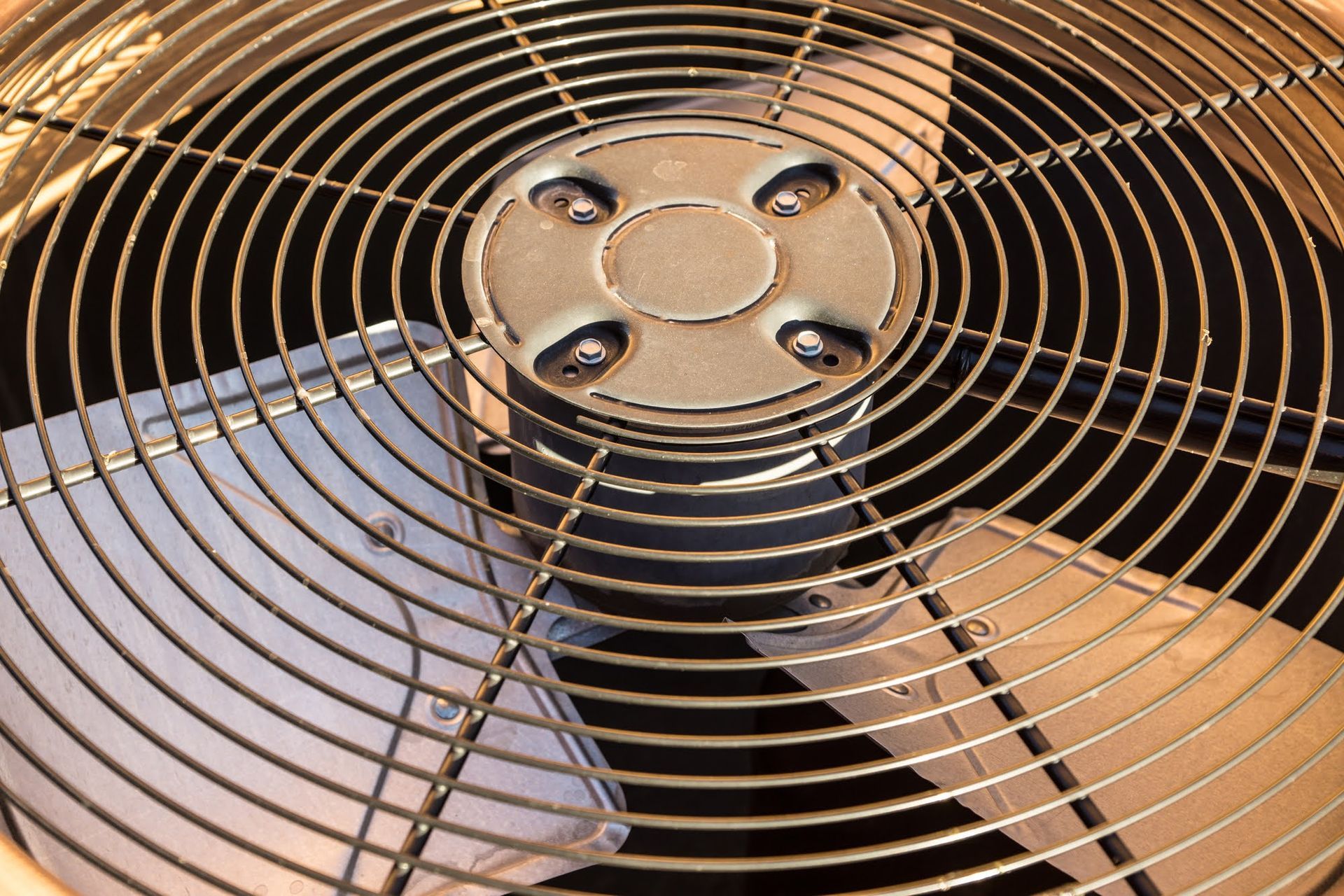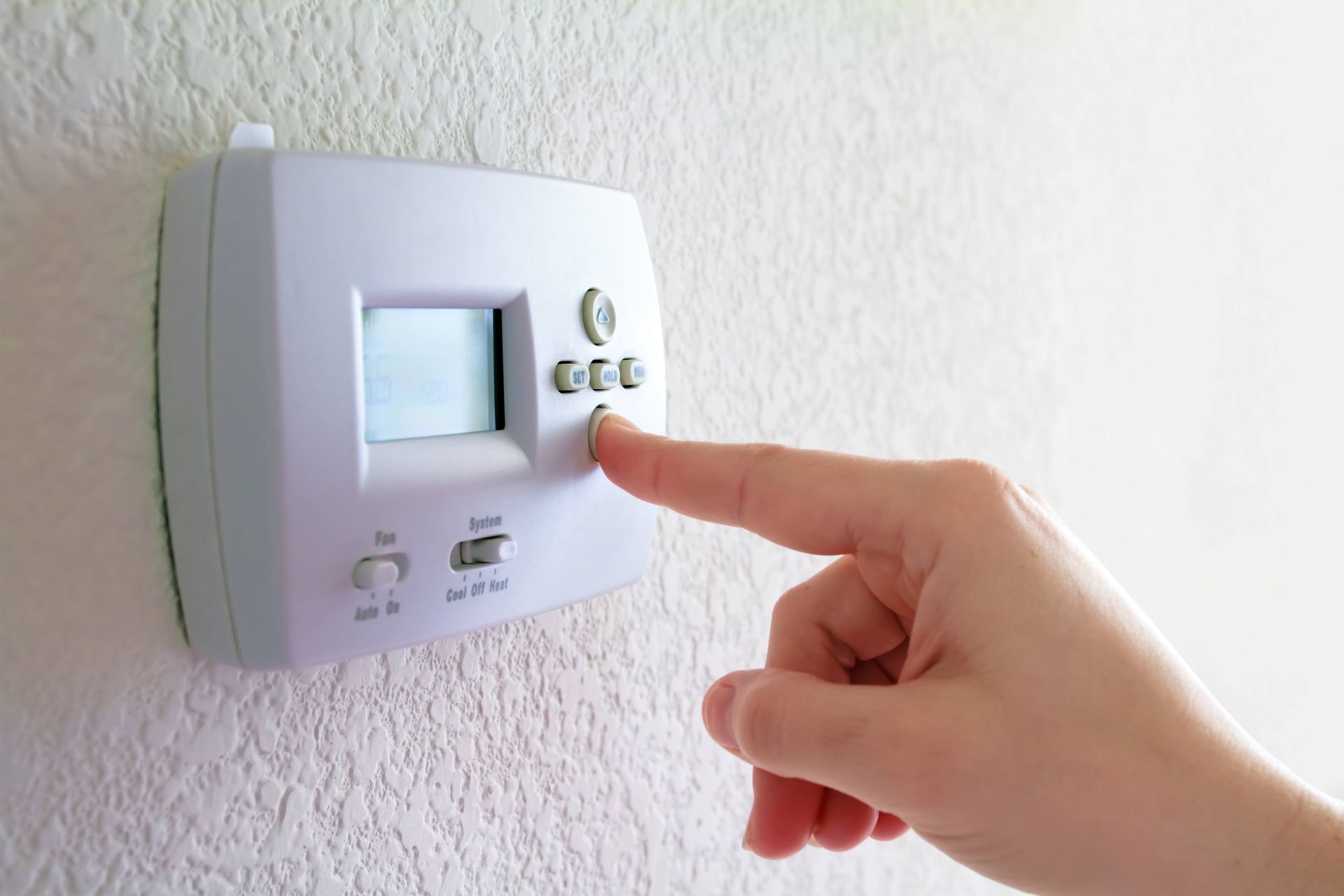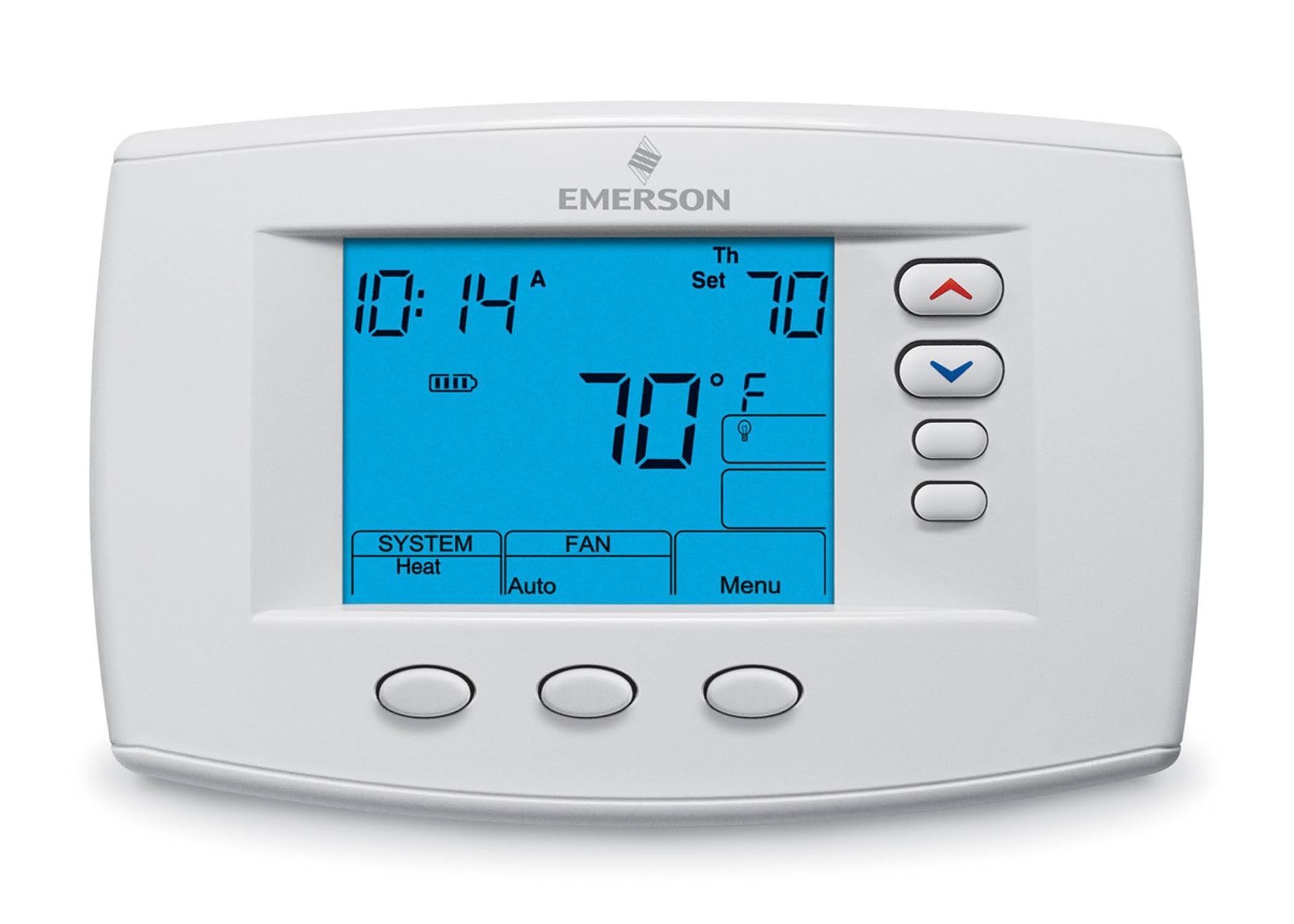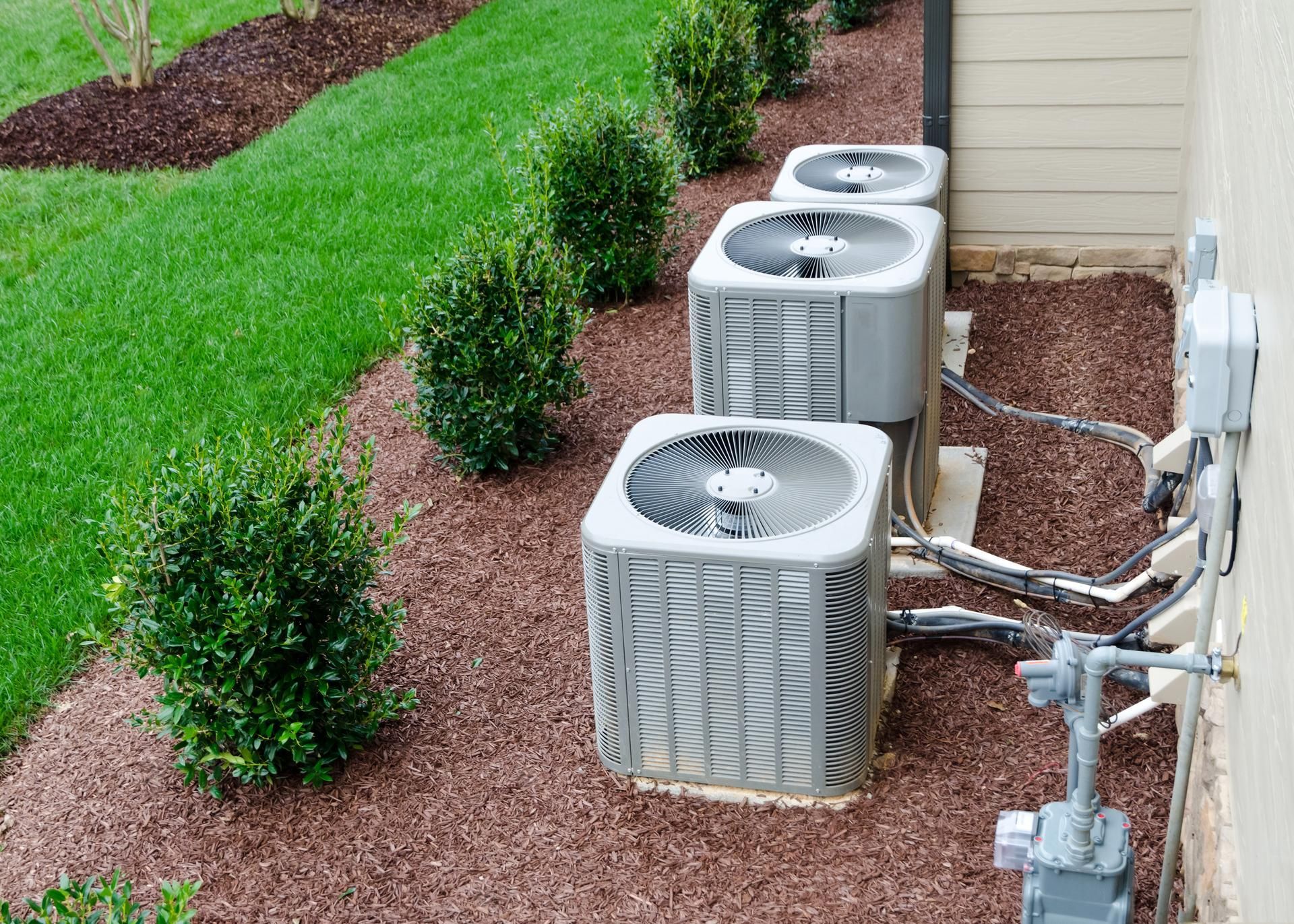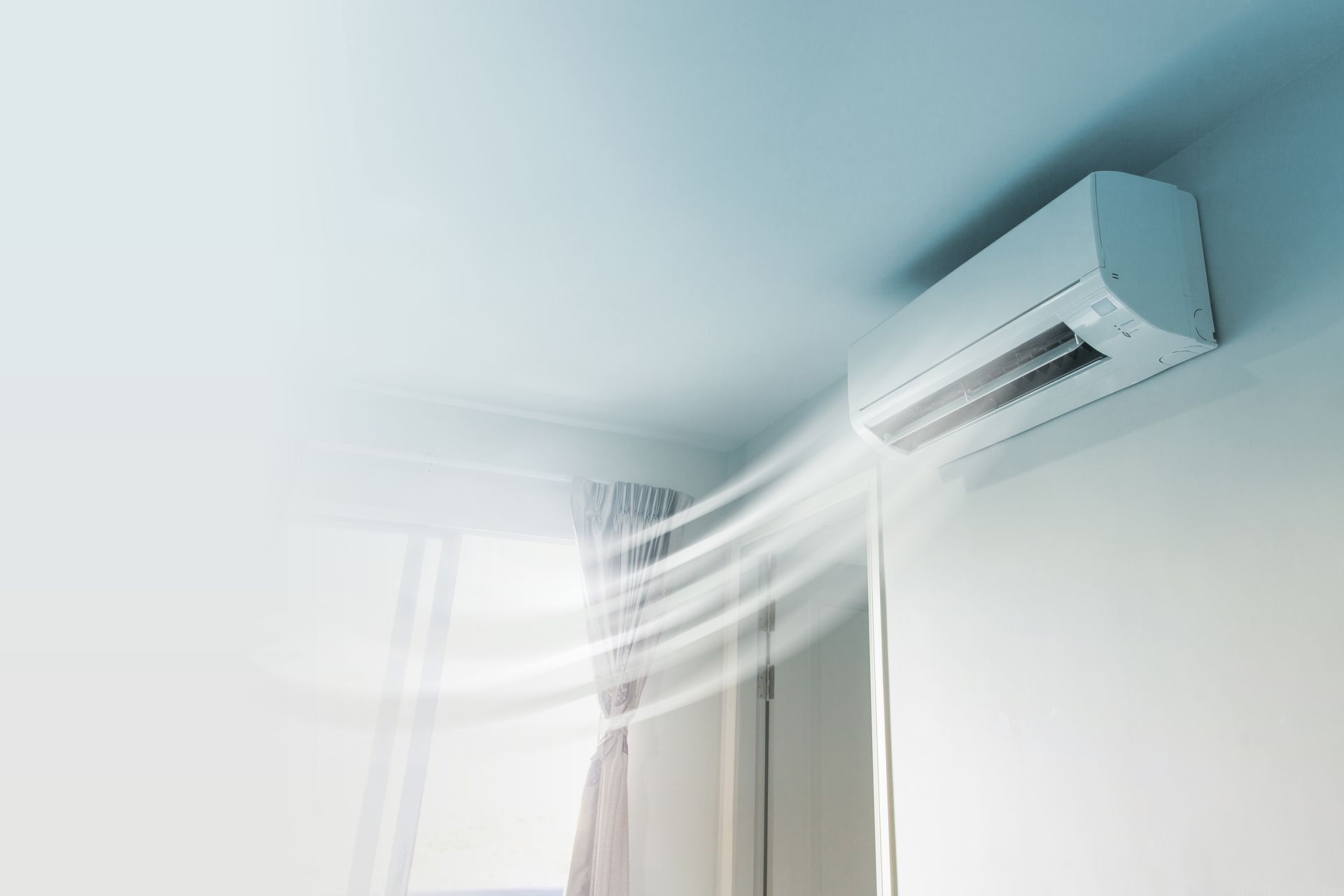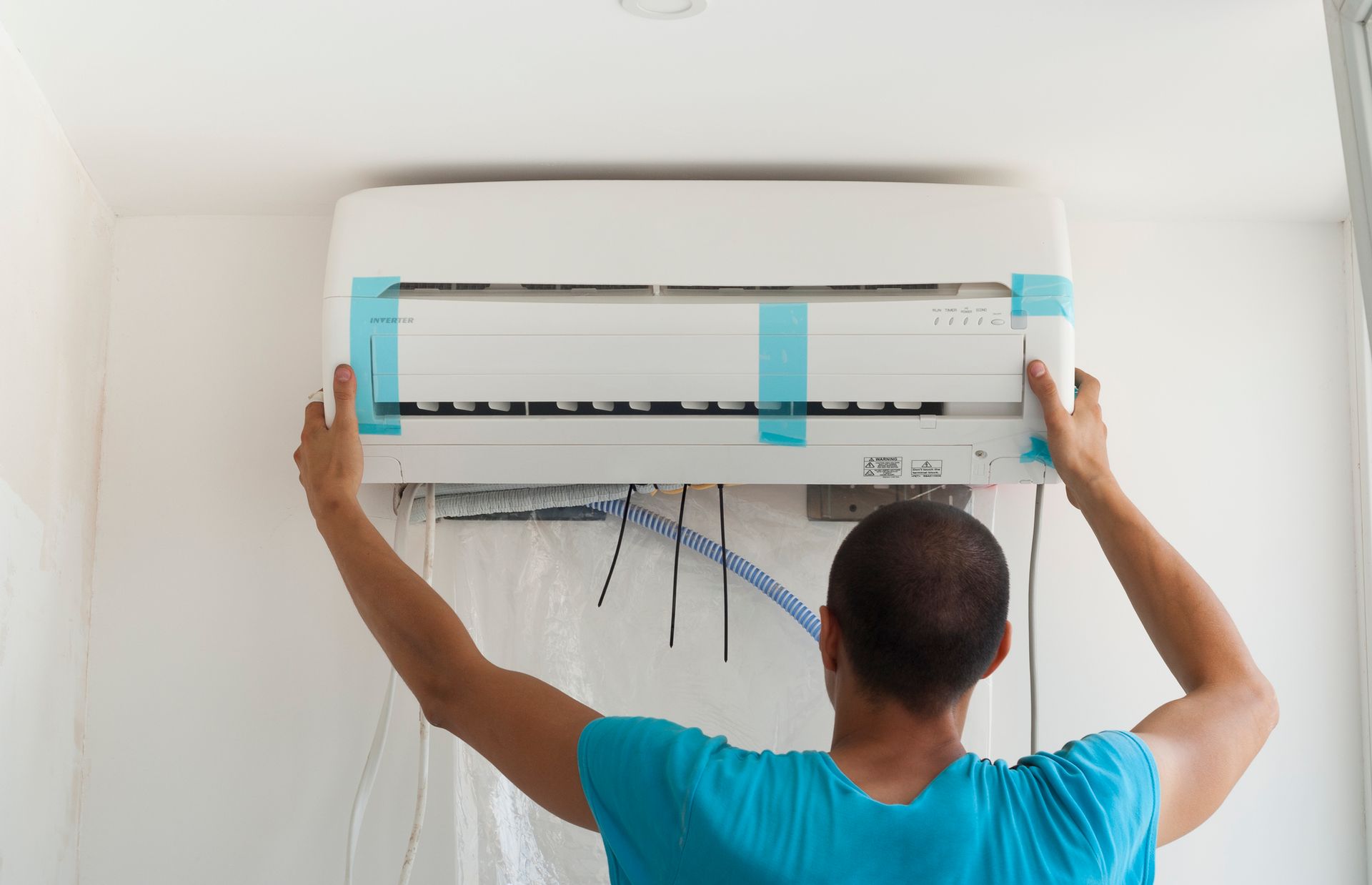The Seven Dangers of Poor Indoor Air Quality in Your Home
Maintaining a healthy indoor environment is essential for every homeowner. While we often focus on factors like cleanliness and organization, one aspect that can easily go unnoticed is the quality of the air we breathe inside our homes. Poor indoor air quality can have detrimental effects on our health and well-being, causing a range of issues that may go unnoticed until they become serious. Read this blog to explore the seven dangers of poor indoor air quality and help you understand the importance of ensuring clean and fresh air in your home.
Respiratory Problems
One of the most immediate and noticeable effects of poor indoor air quality is on our respiratory system. Contaminants such as dust, allergens, and pollutants can irritate our airways, leading to symptoms like coughing, sneezing, wheezing, and shortness of breath. These respiratory problems can be especially problematic for individuals with pre-existing conditions like asthma or allergies, making it crucial to address indoor air quality to maintain healthy breathing.
Allergies and Asthma
Poor indoor air quality can exacerbate allergies and asthma symptoms, triggering frequent flare-ups and making it harder to manage these conditions. Dust mites, pet dander, pollen, and mold spores are some common allergens that can thrive in an environment with inadequate air filtration. By improving indoor air quality, you can create a safer space for those with allergies and asthma, providing them with much-needed relief from their symptoms.
Respiratory Infections
When the air in our homes is contaminated with bacteria, viruses, or other pathogens, the risk of respiratory infections increases. These infections can range from common colds and flu to more severe conditions like bronchitis or pneumonia. By addressing poor indoor air quality and minimizing the presence of harmful microorganisms, you can reduce the chances of respiratory infections and protect the health of your family.
Poor Sleep Quality
The quality of the air we breathe plays a crucial role in our sleep patterns and overall sleep quality, yet it’s often overlooked. Poor indoor air quality, caused by pollutants, allergens, or inadequate ventilation, can lead to discomfort, congestion, and breathing difficulties during the night. These issues can disrupt your sleep cycle, leaving you feeling tired and groggy the next day. Over time, consistent exposure to poor air quality may even contribute to more serious health concerns, such as respiratory issues. By improving indoor air quality—through methods like using air purifiers, reducing allergens, and ensuring proper ventilation—you can create a healthier sleeping environment that encourages deep, restful sleep.
Headaches and Fatigue
Exposure to poor indoor air quality can significantly impact your health, contributing to recurring headaches, chronic fatigue, and other discomforts. Airborne pollutants such as dust, mold spores, pet dander, and even harmful toxins from cleaning products or furnishings can enter your living spaces, causing inflammation and placing stress on your body. Over time, this exposure can lead to persistent symptoms that affect your energy levels, focus, and overall well-being. By investing in measures to improve indoor air quality—such as air purifiers, proper ventilation, and regular cleaning—you can reduce the presence of these pollutants, alleviate these discomforts, and create an environment that supports a healthier, more energized lifestyle.
Long-Term Health Risks
Consistently breathing in poor-quality air over an extended period can lead to serious long-term health consequences. Studies have shown that prolonged exposure to indoor air pollutants, such as dust, mold spores, pet dander, and harmful chemicals from household products, can significantly increase the risk of respiratory diseases like asthma and chronic bronchitis. Additionally, poor indoor air quality has been linked to cardiovascular conditions, including heart disease and high blood pressure, as well as certain types of cancer caused by exposure to toxic substances like formaldehyde and radon. Children, the elderly, and individuals with pre-existing health conditions are especially vulnerable to these effects. By taking steps to monitor and improve indoor air quality—such as using air purifiers, ensuring proper ventilation, and minimizing the use of harsh chemicals—you can create a healthier living environment and significantly reduce the potential long-term health risks associated with poor air quality in your home.
Impact on Mental Well-being
While the physical health effects of poor indoor air quality are well-documented, its impact on mental well-being is often overlooked. Breathing clean and fresh air can have a positive effect on our mood, cognition, and overall mental health. Conversely, exposure to contaminants and toxins in the air can contribute to feelings of irritability, anxiety, and even depression. By prioritizing indoor air quality, you can create a healthier and more harmonious living environment for yourself and your loved ones.
Understanding the dangers of poor indoor air quality is crucial for homeowners who strive to maintain a healthy and comfortable living environment. From respiratory problems and allergies to long-term health risks and mental well-being, the impact of indoor air quality on our overall health should not be underestimated. By taking proactive measures to improve indoor air quality, such as proper ventilation, regular maintenance, and air purification systems, you can create a safe haven that promotes optimal health and well-being for you and your family. Remember, breathing clean air is an investment in your present and future health.
For more info, contact us at Temperature Design.




